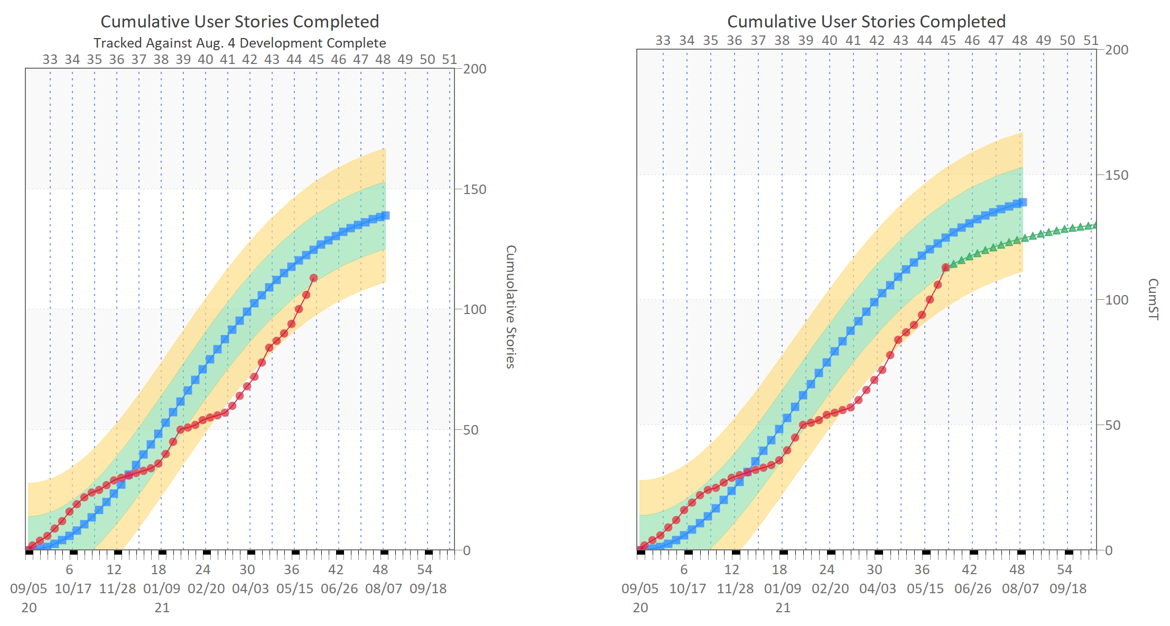New Video: Estimation Spreadsheet vs. Top-Down Tool: Which Is Better?
In most organizations, spreadsheets play a vital role for a variety of uses, from time keeping to budgeting to even estimating software development releases. They offer a level of familiarity - most of us cut our technical teeth on spreadsheets from a young age and have grown with them as we advanced our careers. When it comes to estimating software development, spreadsheets are a common “go-to,” but an estimation tool offers more flexibility, timely “what-if” changes and far less complexity for new and seasoned estimators alike.
Have you ever been in an organization in which the estimation spreadsheet was so complex and cumbersome that only a select few knew how to use it? This leaves an organization vulnerable to perhaps a single link of institutional knowledge upon which they are making vital business decisions. And if that one project manager, analyst or architect leaves the organization, switches roles, or retires, what then? Even if they go on vacation for 2 weeks, you’re left with a spreadsheet that may have an impossible learning curve for anyone else hence delaying or possibly negating the estimates being created at all.


